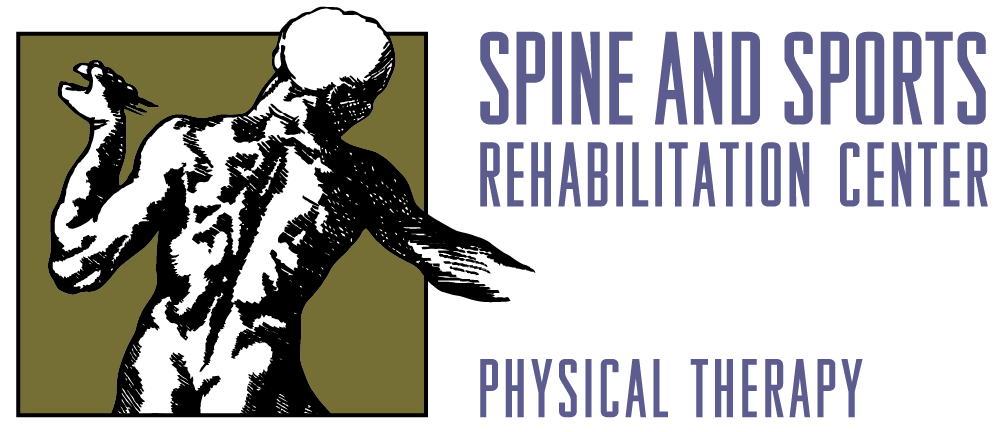Hypermobility (Part 2)
What does it really mean when someone is hypermobile?
When I think back to elementary school, I remember a boy who would entertain the class by demonstrating how he could bend his fingers backward and stretch his legs behind his head like a pretzel. He referred to this talent as being “double-jointed.”
“Double-jointedness” isn’t a medical term. People with this ability have the same number of joints as everyone else. They simply have the ability to move joints beyond a normal range of motion. We refer to this as hypermobility.
In the clinic, we hear many of the same stories from patients with hypermobility. They don’t even realize that what they are experiencing is outside the range of normal. Often, these patients are simply searching for a reason as to why their bodies feel the way they do.
It is important to understand how hypermobility effects the body. Following are several common symptoms/complaints of generalized or specific joint hypermobility.
“I can’t sit still.”
Some patients report fidgeting constantly or getting up from their desk every 15 minutes.
For those with generalized joint hypermobility, maintaining good posture without fidgeting can be uncomfortable, even painful!
People with extra flexible joints don’t use their ligaments and other supportive joint structures to maintain their posture, because the longer they are still, the more these structures stretch. Instead, they use their muscles to hold them up, which causes fatigue.
To help alleviate joint pain and discomfort, people with hypermobile joints must change their position frequently!
Some patients sit on a stability ball instead of a traditional desk chair. This allows the body to make frequent subtle movements while sitting, relieving pressure on the joints. Alternate between sitting and standing positions. Patients may also find that a height-adjustable desk can reduce joint pain while providing many other positive health benefits.
“I’ve been told I have joint hypermobility, but I feel really tight all the time.”
Patients with generalized joint hypermobility are often confused when healthcare practitioners tell them they have loose joints because they experience stiffness/tightness.
Who is right?
Both!
Although joints may be loose, the muscles around them tighten to compensate, which often results in a feeling of tightness. The stiffness/tightness patients feel is the muscle, not the joint.
“If my muscles are so tight, why can I still put my foot behind my head?”
When people with joint hypermobility bend into extreme positions, they “go around” their muscles to achieve the end-range motions of their joints.
The following yoga pose stretches the hamstrings muscle.
If the correct position is used to get a muscle stretch, this is how far this hypermobile person can lift their leg before feeling an uncomfortable stretch
But if a nearly undetectable compensation is made, and the hip joint is used to “go around” the hamstrings muscle, suddenly the pose looks like this.
The hamstrings muscle is no longer being stretched, and the pose loses the benefit for which it was intended. A physical therapist or another movement specialist can help you learn how to stretch your muscles rather than overstretch already stretched-out joints.
Additionally, in extreme positions, the muscular system is inefficient, which can further compromise the stability of hypermobile joints. Ask your physical therapist about yoga poses or other extreme positions that cause feelings of weakness or instability.
Only a health professional can diagnose joint hypermobility and help you understand the best way to manage it. Sometimes a better understanding of what is happening to your body and why can be enough to improve your quality of life. Contact us to schedule an appointment and get your questions answered.
Written by Dr. Lizzie Bellinger PT, DPT



